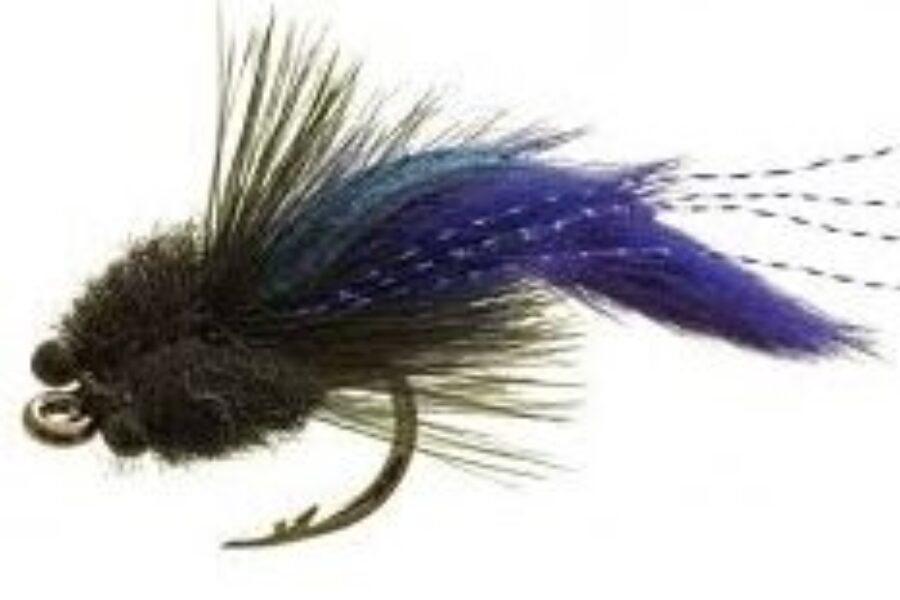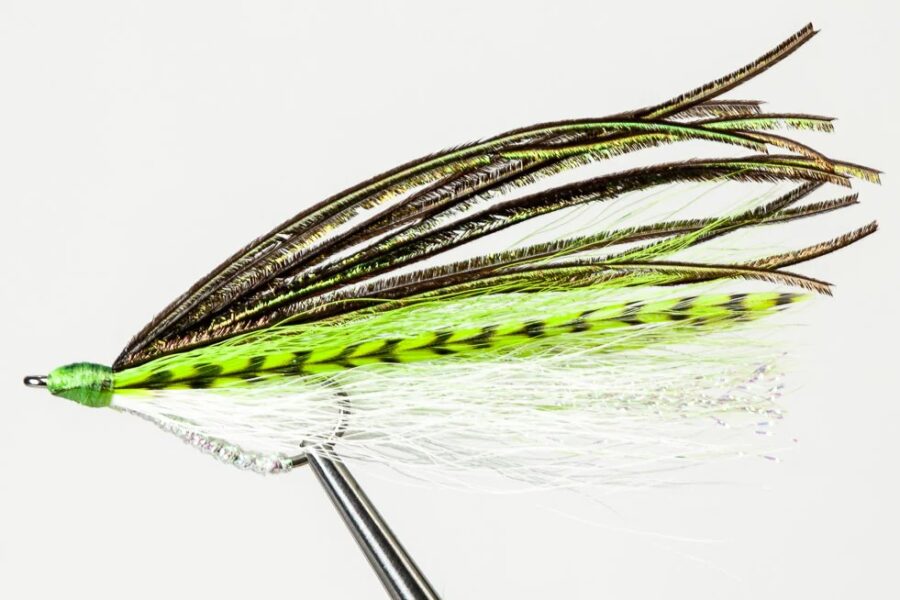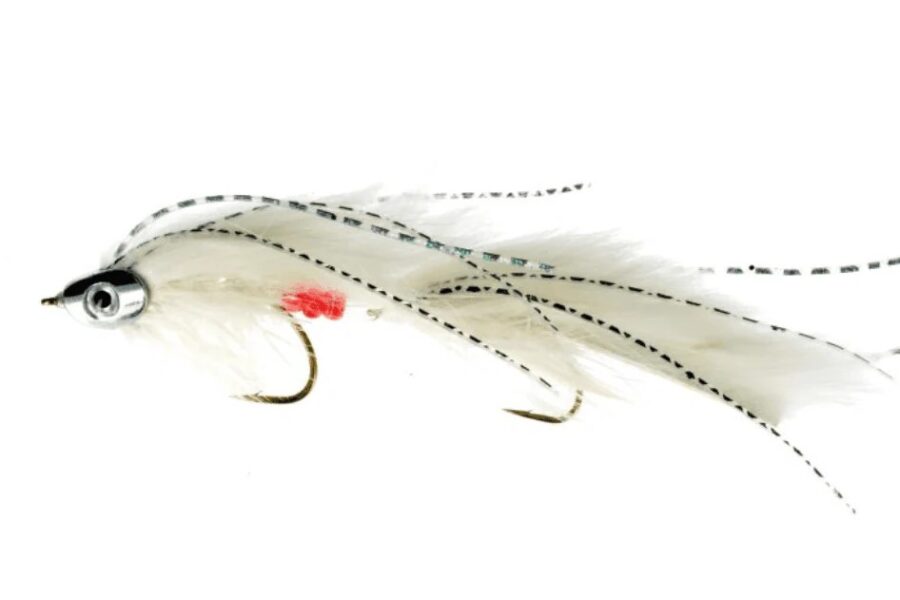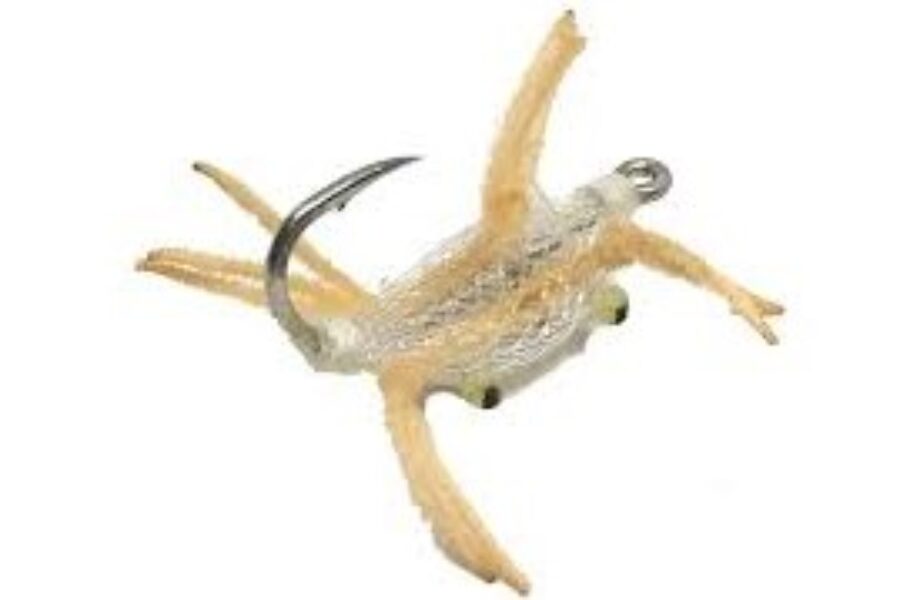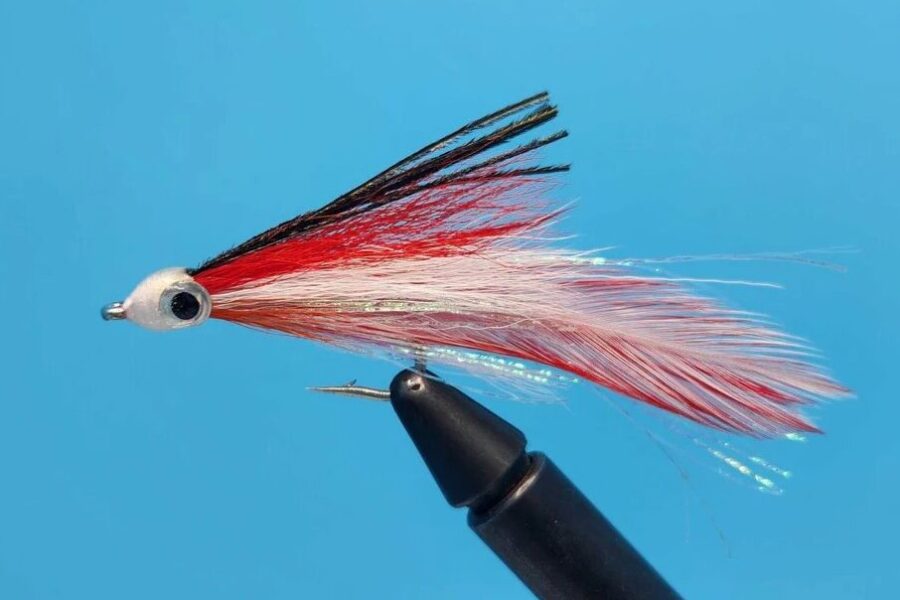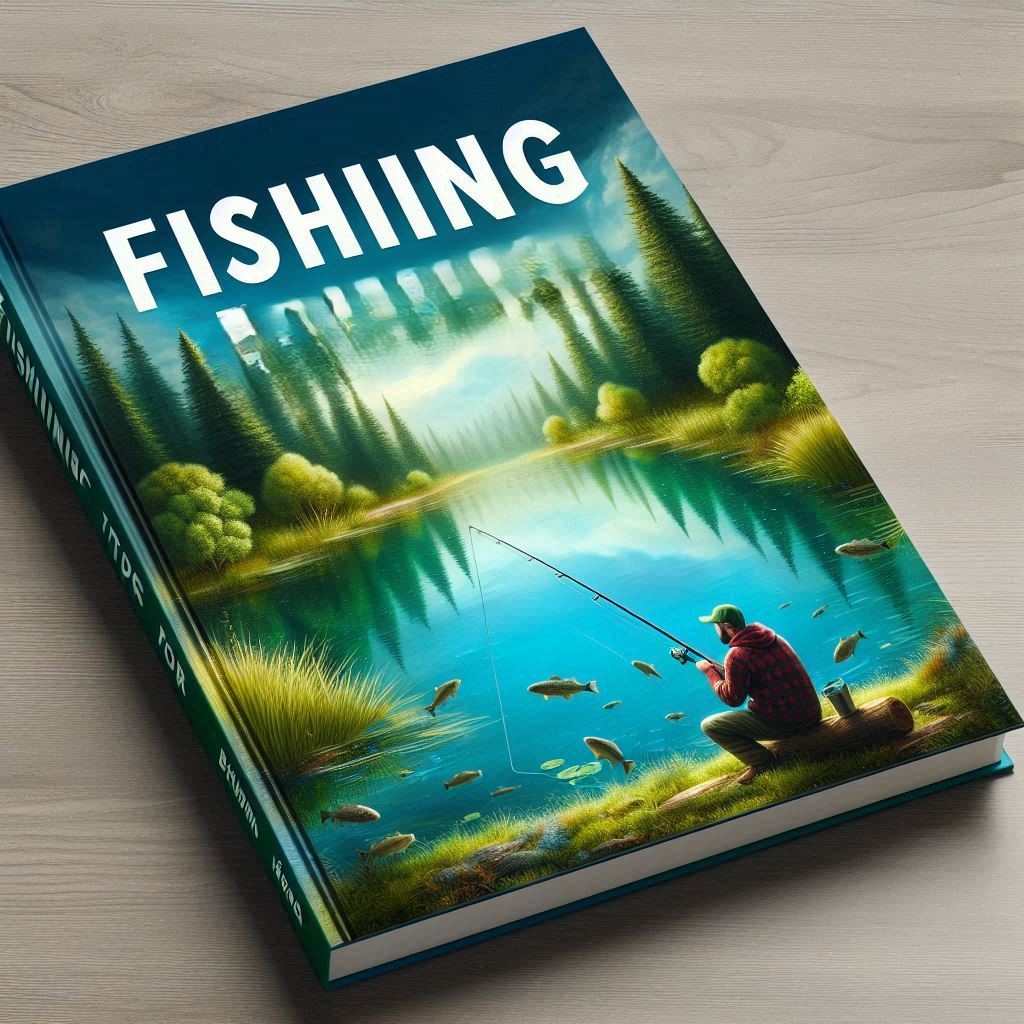The Complete Guide to Improving Your Fishing Skills
Building Core Fishing Skills
Fishing is both a relaxing and challenging activity that appeals to anglers of all skill levels. Whether you’re a novice or an experienced fisherman, this comprehensive guide will help you enhance your fishing expertise and improve your success on the water.
Mental Approach and Mindset
Developing Angler’s Patience
Patience is perhaps the most crucial virtue in fishing. It’s essential not to get frustrated when the fish aren’t biting, as this can lead to poor decision-making and a disappointing experience. Remember that even experienced anglers sometimes face challenging days on the water.
Technical Skills and Techniques
Mastering Water Movement
When wading through water, moving carefully and slowly is vital. Rapid movements can startle nearby fish and disturb the riverbed, reducing your chances of success. Take measured steps and maintain your balance to avoid disrupting the underwater environment.
Essential Equipment Care
Hook sharpness is fundamental to successful fishing. A properly sharpened hook should be able to scratch your fingernail lightly. If it doesn’t create a slight scratch, it’s time to either sharpen or replace the hook. This simple test can make the difference between landing a fish and losing it.
Strategic Approaches
Bait and Presentation
Live bait often proves most effective for catching fish, as it presents the most natural food source. Fish are more likely to strike at bait that matches what they naturally find in their environment. Pay attention to the local insects and small prey in the area you’re fishing.
Fish Handling Practices
Before handling any fish, wet your hands thoroughly. This preserves the protective slime coating on the fish’s scales, which is crucial for their survival, especially if you plan to release them. This simple step is particularly important when practicing catch and release.
Technical Mastery
Hook Setting Fundamentals
Learning to set the hook properly is crucial, especially when using artificial lures. A proper hook set requires quick reflexes and proper timing. Without correct hook setting technique, you might miss opportunities to land fish even when they strike your bait.
Weather’s Impact on Success
Weather conditions significantly impact fishing success. Overcast skies often provide the best fishing conditions, though fish can be caught in various weather situations. Always check the weather forecast before heading out, and be prepared to adjust your techniques based on conditions.
Location and Strategy
Strategic Movement
Moving locations every hour or so can be beneficial if you’re not having success in one spot. This movement helps maintain mental alertness and allows you to experience different areas of the water. You might discover new productive fishing spots through this exploration.
Color Selection Strategy
If fish aren’t biting, consider changing your bait color. Different fish species respond to various colors differently, and their preferences can change based on water conditions and time of day. Some fish are attracted to duller colors, while others prefer bright ones.
Advanced Techniques
Hook Selection Science
Choose the appropriate hook size for your target species. Use sizes 10-14 for smaller fish and sizes 6-8 for larger species like walleye and bass. This ensures proper hook sets and increases your chances of landing fish.
Fish Preparation Skills
When preparing to clean your catch, proper scaling technique is important. You can use a dedicated fish scaler or a large spoon. While this process may take time, especially with thin-scaled fish, it’s essential for proper fish preparation.
Safety and Organization
Equipment Management
Keep your fishing hooks organized using a good tackle box system. Thread hooks through a pin eye for safe storage and easy access. This organization prevents tangles and potential injuries. A well-organized tackle box should be compartmentalized by lure type, hook size, and fishing application.
Boat Safety Protocols
When fishing from a boat, always carry essential safety equipment including a comprehensive first aid kit, reliable light sources, emergency supplies, navigation tools, and proper communication devices. Ensure all passengers have properly fitting life jackets.
Environmental Understanding
Reading Water Conditions
Pay attention to water temperature, clarity, current strength, and available structure. Understanding these elements helps identify optimal fishing locations and improves success rates.
Weather Pattern Analysis
Monitor barometric pressure trends, wind patterns, cloud cover, and seasonal transitions. These factors significantly influence fish behavior and feeding patterns.
Wildlife Indicators
Observe bird activity, baitfish movement, insect hatches, and predator-prey interactions. These natural indicators often signal productive fishing opportunities.
Conservation and Responsibility
Sustainable Practices
Practice responsible fishing by utilizing all parts of your catch when possible. If you reach your limit or catch more than you can use, release extra fish back into the water. This ensures sustainable fishing practices and preserves fish populations for future generations.
Environmental Stewardship
Properly dispose of fishing line and tackle, avoid damaging aquatic vegetation, and respect wildlife habitats. Support local conservation efforts and report environmental concerns to appropriate authorities.
By implementing these techniques and tips while maintaining patience and awareness, you’ll significantly improve your fishing skills. Remember that fishing is both a skill and an art that requires practice, observation, and continuous learning. Each fishing trip provides new opportunities to refine your techniques and enhance your understanding of this rewarding sport.

